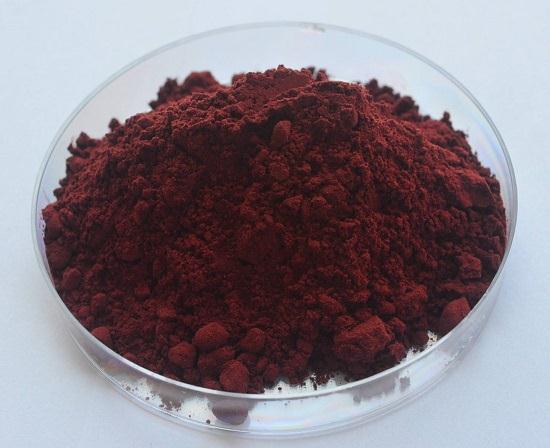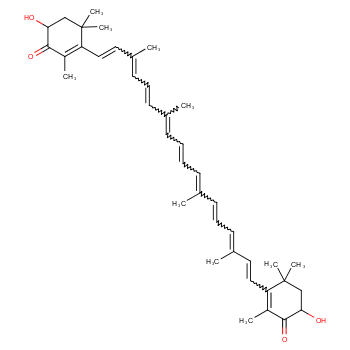 |
Astaxanthin can be produced by certain algae, bacteria, and fungi. Some aquatic species, such as crustaceans including shrimp, consume these algae and plankton, and then store Astaxanthin in their shells. These crustaceans are then preyed upon by fish (trout, salmon) and birds (egrets, flamingos), which store the pigment in their skin and adipose tissue. This is why the muscles, skin, feathers, etc. of animals like salmon appear red.
Astaxanthin is distributed differently in different tissues and organs of different animals. The Astaxanthin in the skin, fish eggs, and fish scales of salmon is mainly in esterified form, while the free form of Astaxanthin is mainly distributed in the muscles, plasma, and internal organs. The Astaxanthin in the bodies of small shrimp and the skin of sea bream is mainly in esterified form. Esterified Astaxanthin is a more stable form that is stored in the body without being oxidized. The rain red algae mainly contain esterified Astaxanthin and are recognized as the best natural source of Astaxanthin in the world.
Natural Astaxanthin is found in various organisms such as crab shells, shrimp shells, and red yeast, but the content is very low and the extraction process is complex. In recent years, the extraction of Astaxanthin from red algae has developed rapidly because red algae grow quickly and have high concentrations of Astaxanthin. Currently, most of the Astaxanthin used is synthetic.

Astaxanthin has the ability to protect the skin and eyes, prevent cardiovascular aging, resist radiation, and prevent and treat Alzheimer's disease and cancer. The aging of the human body is mainly caused by oxidative damage from free radicals. Astaxanthin enters human cells and directly eliminates oxygen free radicals in the cells, improves cell regeneration ability, and maintains normal body functions.
Researchers have been developing new antioxidants: the first generation of antioxidants are vitamins; the second generation includes beta-carotene, SOD, coenzyme Q10, etc.; the third generation includes anthocyanins, blueberry extracts, grape seed extracts, green tea extracts, lycopene, and alpha-lipoic acid; the fourth generation is natural Astaxanthin. Studies have shown that the antioxidant activity of Astaxanthin in rain red algae is much higher than that of beta-carotene, grape seed extracts, alpha-lipoic acid, lutein, and vitamin E.
Astaxanthin can significantly inhibit chemically-induced early-stage carcinogenesis and has inhibitory effects on the proliferation of epithelial cells exposed to carcinogens. It can inhibit the growth of oral cancer, bladder cancer, colon cancer, breast cancer, and gastric cancer cells. Astaxanthin can also weaken the carcinogenicity of aflatoxin and has a good inhibitory effect on aflatoxin-induced liver tumor cells.
UV radiation is a major cause of epidermal photoaging and skin cancer. The strong antioxidant properties of Astaxanthin make it an effective photoprotective agent. It clears the free radicals that cause skin aging, protects cell membranes and mitochondrial membranes from oxidative damage, and prevents skin photoaging.
Studies have shown that Astaxanthin has a significant effect on increasing HDL and reducing LDL in the body. HDL can increase from an average of 49.7mg/dL±3.6mg/dL to 66.5mg/dL±5.1mg/dL, suggesting that Astaxanthin can reduce the oxidation of lipoproteins and be used to prevent coronary heart disease, atherosclerosis, and ischemic brain injury.
Astaxanthin can significantly affect the immune function of animals. In the presence of antigens, it can significantly increase the ability of spleen cells to produce antibodies, enhance the function of T cells, and stimulate the production of immunoglobulins in the body. Astaxanthin has strong cell division-inducing activity and plays an important role in immune regulation.
Astaxanthin can act as an antioxidant, inhibiting the oxidative damage of free radicals to the body. Oral Astaxanthin can also enhance aerobic metabolism, improve muscle strength and endurance, quickly relieve exercise fatigue, and alleviate delayed-onset muscle soreness after intense exercise.
 |